Mold on wood is a common issue faced by many homeowners. It not only affects the aesthetic appeal of your wooden surfaces but can also pose health risks. Here’s a comprehensive guide on how to remove mold from wood, ensuring your home remains clean and safe.
Identifying Mold on Wood
Mold manifests as black spots, green streaks, or white discoloration on wood. It’s essential to act promptly upon noticing these signs to mitigate health risks and structural damage. Is mold on wood furniture dangerous? Yes, especially if left untreated, as it can lead to respiratory issues and other health problems.
Mold Removal Techniques
What kills mold best on wood? There are several methods to tackle this issue. For minor infestations, a mixture of household detergent and water can be effective. However, for more stubborn mold, other solutions like vinegar or specialized mold removers may be required.
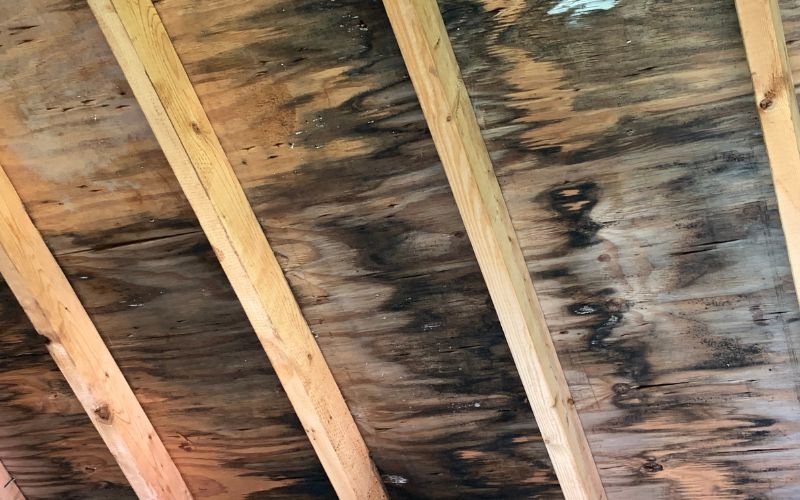
Using Vinegar
Will vinegar remove mold from wood? The answer is a resounding yes. Vinegar, especially white vinegar, is renowned for its antifungal and antibacterial properties, making it a popular choice for mold removal. Here’s a detailed step-by-step process on how to effectively use vinegar to get rid of mold on wood:
Step 1: Prepare the Vinegar Solution
Mix equal parts of white vinegar and warm water in a spray bottle. Ensure the bottle is well-shaken to mix the solution thoroughly. The acidity of the vinegar works effectively to kill more than 80% of mold species.
Step 2: Apply the Solution
Spray the vinegar solution generously on the moldy wood surface. Ensure the affected area is completely covered with the solution. Allow it to sit for about an hour. The vinegar needs time to penetrate the wood and act on the mold spores.
Step 3: Scrub the Surface
Use a soft-bristled brush to scrub the affected area gently. The brush helps in dislodging the mold spores from the wood surface. Always scrub in a circular motion to cover every inch of the affected area.
Step 4: Wipe Clean
With a clean, damp cloth, wipe off the vinegar solution and the dislodged mold spores from the wood. Ensure to rinse the cloth frequently to avoid spreading the mold spores to other areas.
Step 5: Dry the Wood
Dry the cleaned area thoroughly using a dry cloth or towel. It’s essential to eliminate all moisture to prevent the mold from returning. You can also use a fan or dehumidifier to expedite the drying process.
Using Borax
Borax is another potent mold remover that is especially effective on non-porous wood. Here’s how to use it:
Step 1: Prepare the Borax Solution
Mix one tablespoon of borax with one cup of warm water. Stir well until the borax is completely dissolved.
Step 2: Apply the Solution
Use a soft-bristled brush to apply the borax solution on the moldy surface. Scrub vigorously to ensure the solution penetrates the wood and reaches the mold spores.
Step 3: Let it Sit
Unlike other solutions, do not rinse off the borax solution. Allow it to sit and dry on the surface. Borax not only cleans but also disinfects and prevents the mold from returning.
Step 4: Dry the Area
Ensure the area is well-ventilated to dry the borax solution quickly. Use a fan or open the windows to air out the space.
Professional Mold Removal from wood
In cases where the mold infestation is extensive or if you are dealing with toxic black mold, it’s highly advisable to seek the services of a professional Restoration Company. These experts are equipped with the right tools, chemicals, and expertise to handle severe mold infestations. They will assess the situation, identify the type of mold, and employ the most effective removal techniques to ensure your home is mold-free and safe. Safety protocols are strictly followed to protect the occupants and the professionals during the mold removal process.
Can You Permanently Remove Mold from Wood?
It is possible to significantly mitigate mold growth with proper care and maintenance. Addressing water leaks promptly, maintaining low indoor humidity, and regular cleaning can prevent mold spores from taking root.
How to Remove Mold from Wood Door?
For doors affected by mold, a systematic cleaning process involving vinegar or specialized cleaners, followed by thorough drying, can effectively eliminate mold. It’s crucial to address the issue promptly to prevent the mold from spreading to other areas.
Conclusion
Mold on wood can be a persistent issue, but with the right techniques and timely intervention, it can be effectively managed. For professional assistance in mold removal and restoration, connect with Restoration Operators. Our experts are equipped to handle all levels of mold infestation, ensuring your home is mold-free and safe for you and your family.



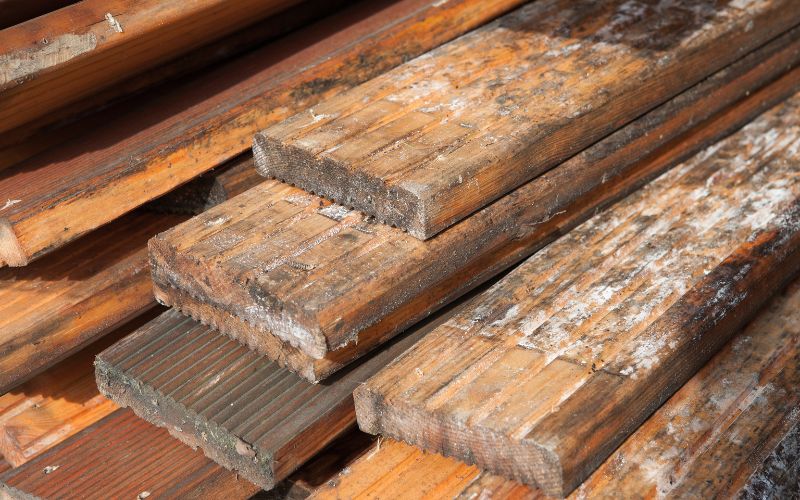
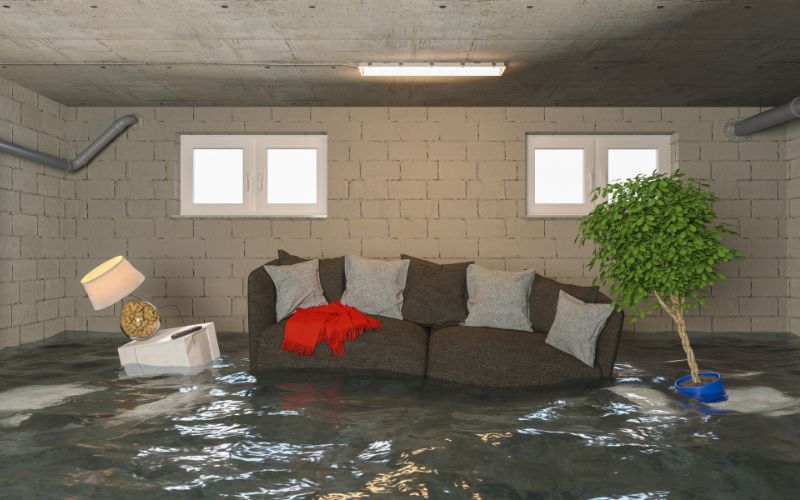

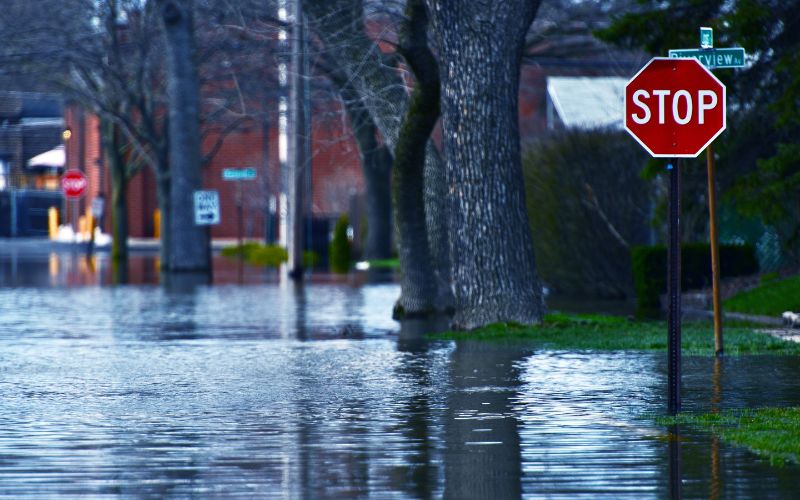
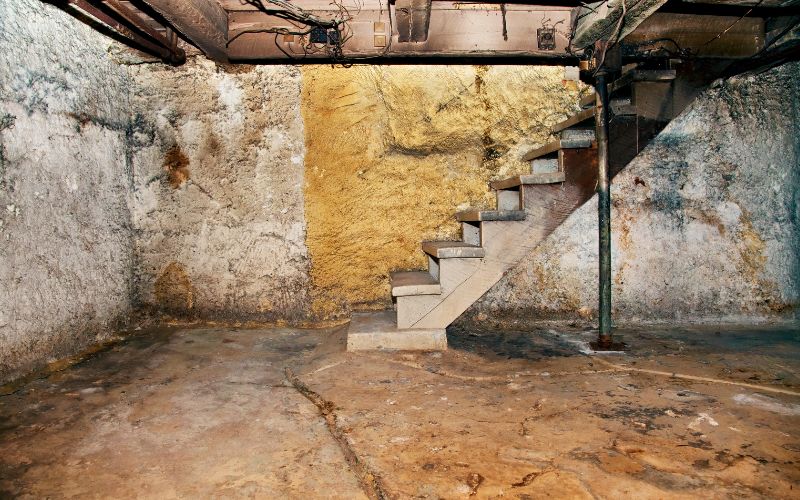





 by
by